
Social Success on the Carnivore Diet: Tips for Staying Committed at Gatherings and Restaurants
Social gatherings often mean a spread of carb-heavy foods and tempting desserts that can make sticking to the carnivore diet feel tricky. But with a b...
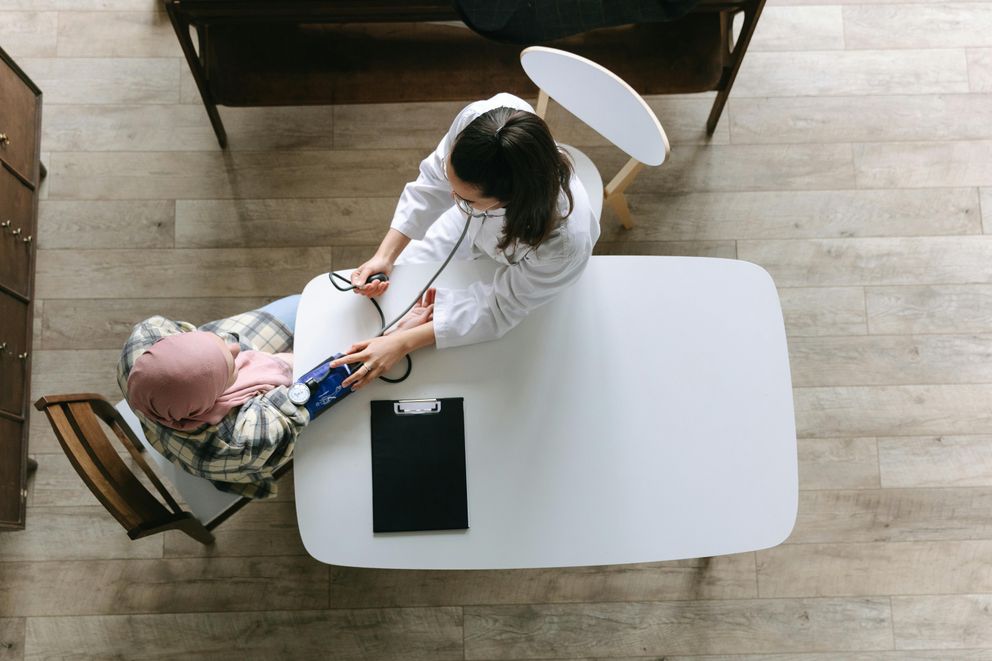
If you’ve been dealing with low blood pressure, you know it can feel like a rollercoaster—one minute you’re fine, and the next, you’re light-headed and tired. The good news? Your diet can play a big role in managing these symptoms and keeping your blood pressure at a healthy level.
Let’s dive into the best diets for 2024 that can help you stay steady and feel energized!
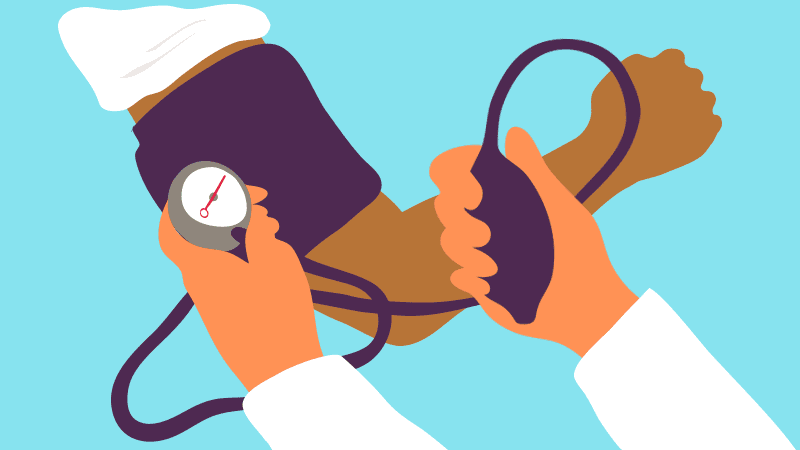
Okay, we know what you’re thinking—aren’t we usually told to avoid salt? But if you have low blood pressure, a bit of salt can be your friend. Increasing your sodium intake can help your body retain fluids, which in turn can raise blood pressure levels.
Why It Works: Salt causes your body to hold onto more water, increasing blood volume and therefore raising blood pressure. However, it’s crucial to find the right balance. Too much sodium can cause other health problems, so always consult with your doctor before making significant changes to your die.
Salty Tip: Incorporate naturally salty foods like olives, smoked fish, and certain cheeses into your meals. These can help increase your sodium intake in a tasty way.
One of the best ways to manage low blood pressure is by eating small, frequent meals throughout the day. Large meals can cause your blood pressure to drop suddenly as your body diverts energy to digest, leading to that dreaded light-headed feeling.
Why It Works: Eating smaller portions more frequently helps maintain steady blood pressure levels and prevents the dramatic drops associated with large meals. Studies suggest that this method can help prevent the blood pressure dips that often follow larger meals.
Quick Bite: Snack on protein-rich foods like nuts, seeds, and yogurt throughout the day to keep your energy levels up and your blood pressure stable.
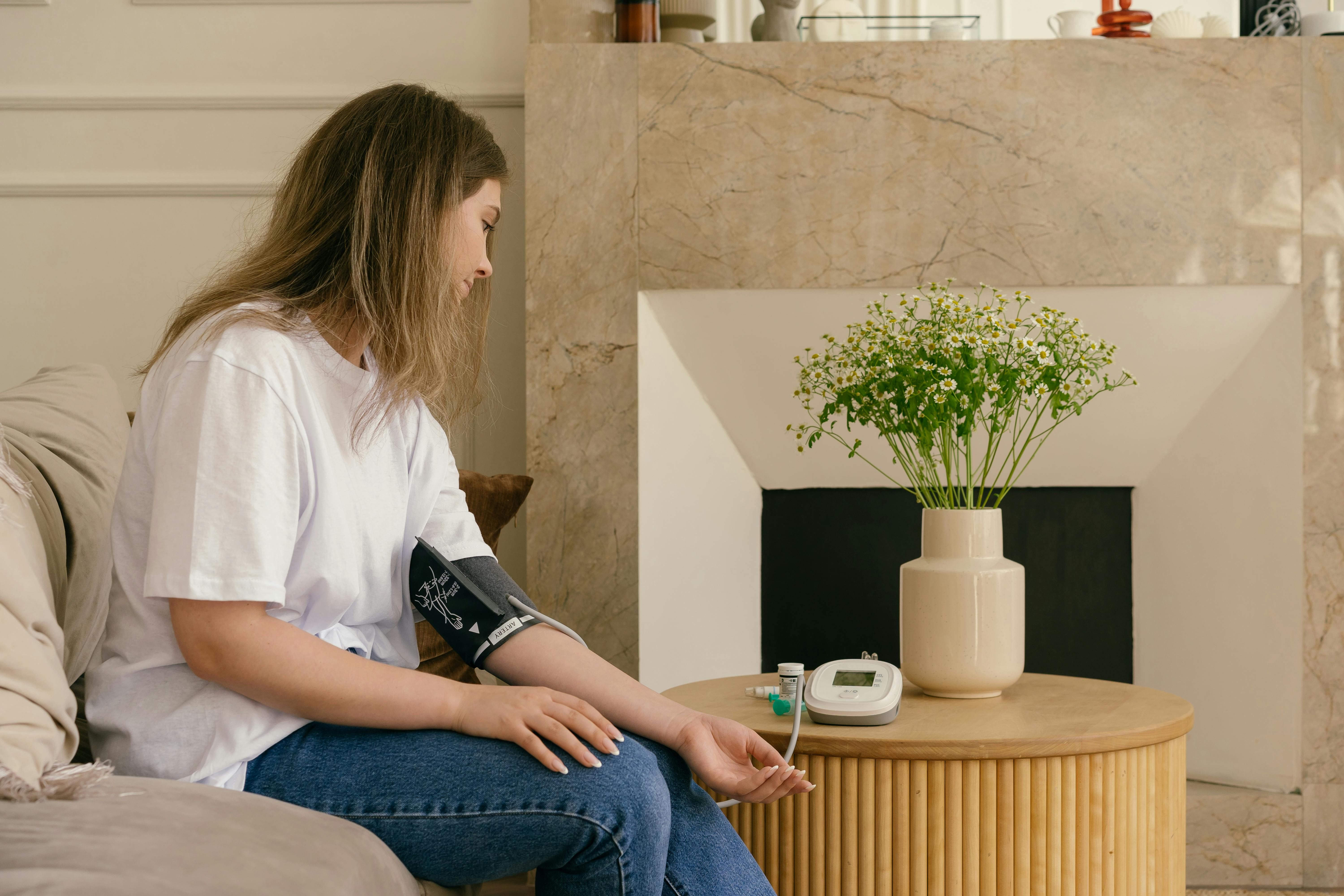
For some women, a little caffeine can go a long way in boosting blood pressure, especially in the morning. Caffeine is a stimulant that temporarily raises blood pressure by increasing your heart rate and causing your blood vessels to constrict.
Why It Works: While caffeine can help raise blood pressure in the short term, it’s not a long-term solution. It’s best used strategically, like when you need an extra boost to start your day or prevent mid-afternoon slumps. Moderation is key here, as too much caffeine can have the opposite effect and lead to dehydration, which can lower blood pressure.
Caffeine Tip: Start your day with a cup of coffee or tea, but avoid consuming caffeine late in the day to prevent sleep disturbances.
Managing low blood pressure doesn’t have to be a drag. With the right diet, you can keep your blood pressure steady, boost your energy, and feel more in control of your day. Remember, it’s all about balance—finding the right mix of foods that help you stay strong and energized. So here’s to a balanced, vibrant 2024 filled with delicious meals that keep you on your feet and feeling fantastic!
A: In 2024, the most recommended diets for managing low blood pressure include a High-Sodium Diet, a diet focused on Small Frequent Meals, and a Caffeine-Enhanced Diet. These diets help maintain stable blood pressure levels and prevent sudden drops.
A: Yes, a high-sodium diet can help increase blood pressure by retaining more water in the body, which raises blood volume. However, it’s important to balance sodium intake carefully, as excessive salt can lead to other health issues. Always consult with a healthcare professional before making dietary changes.
A: Eating small, frequent meals throughout the day can help prevent blood pressure drops that often occur after large meals. This approach helps maintain steady blood sugar levels and avoids the fatigue and dizziness associated with low blood pressure.
A: Caffeine can temporarily raise blood pressure by stimulating the cardiovascular system, making it a useful tool for those with low blood pressure. However, it should be consumed in moderation to avoid potential side effects like anxiety or dehydration, which can also affect blood pressure.
A: Women with low blood pressure should avoid alcohol and large meals that can cause blood pressure to drop. It’s also wise to limit foods that may lead to dehydration or have diuretic effects, like certain herbal teas or excessive caffeine.
A: Staying hydrated is crucial for maintaining blood volume and pressure. Women with low blood pressure should aim to drink at least 8 glasses of water daily, more if they are active or live in hot climates. Consistent hydration helps prevent dizziness and fainting spells associated with low blood pressure.

Social gatherings often mean a spread of carb-heavy foods and tempting desserts that can make sticking to the carnivore diet feel tricky. But with a b...
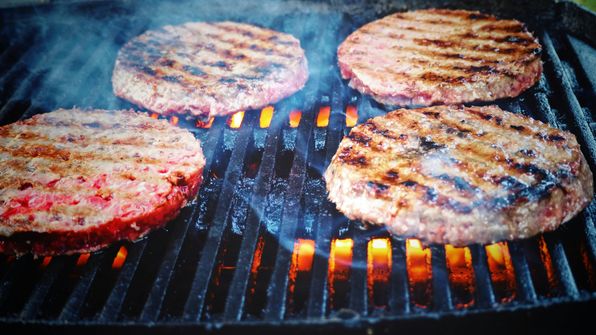
The carnivore diet is often seen as straightforward: eat meat, keep it simple. But adapting it seasonally can bring freshness, variety, and local flav...
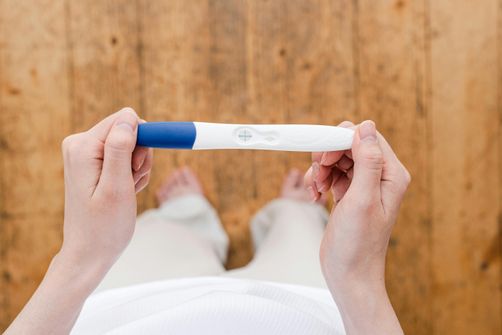
The carnivore diet has become increasingly popular, but like any extreme dietary approach, it raises important questions—especially for women concerne...

The carnivore diet has gained attention globally, but women’s experiences and cultural approaches to animal-based eating vary widely depending on wher...
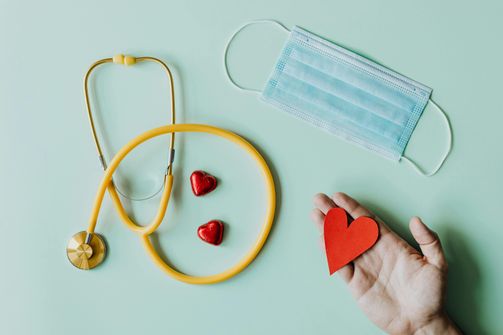
Living with Chronic Obstructive Pulmonary Disease (COPD) can make everyday activities feel like a marathon, especially for women who are juggling heal...